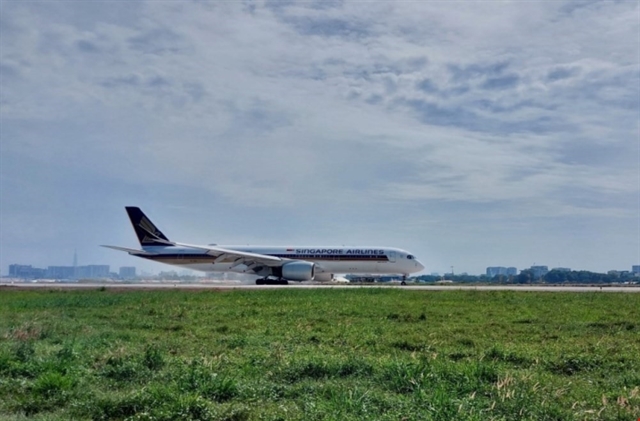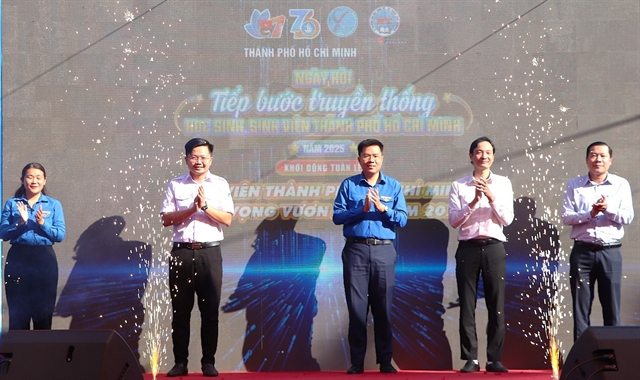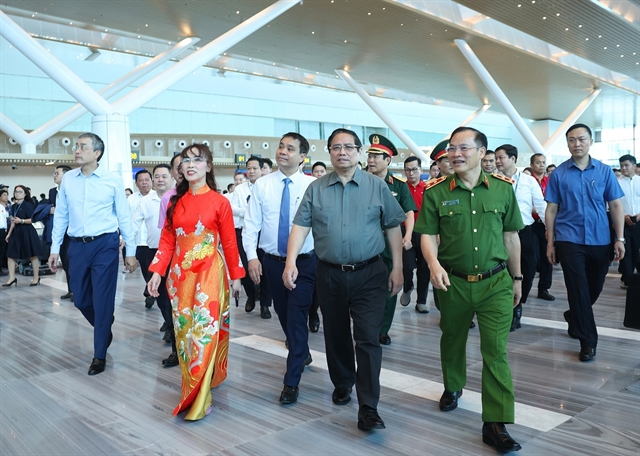 Society
Society

 |
| Prime Minister Phạm Minh Chính visits the Terminal 3, a new facility of Tân Sơn Nhất International Airport in HCM City, on Saturday. — VNA/VNS Photo |
HCM CITY — Prime Minister Phạm Minh Chính attended a ceremony for the pilot rollout of the electronic identification, authentication, and biometric boarding solution at Terminal 3, a new facility of Tân Sơn Nhất International Airport in HCM City on April 19.
The event marked the completion of a major infrastructure project commemorating the 50th anniversary of the liberation of the South and national reunification (April 30, 1975–2025).
In his address, PM Chính stressed that the implementation of electronic identification, authentication, and biometric recognition for boarding procedures aligns with the Politburo’s Resolution No. 57-NQ/TW on making breakthroughs in science – technology development, innovation and national digital transformation, as well as Resolution No. 59-NQ/TW on advancing Việt Nam’s international integration in the new situation.
He added that this also marks tangible progress in the nation’s three strategic breakthroughs, namely institutional reform, infrastructure development, and human resources training, which are critical to ensuring national stability, fostering development, and improving people's quality of life.
The Government leader took the occasion to commend the ministries of construction, public security, and national defence, the HCM City Party organisation, administration and people, as well as competent authorities for their rapid development of T3 – a modern and smart terminal, helping reduce costs and time while preventing wastefulness and negative phenomena.
Terminal 3, now the largest domestic passenger terminal in Việt Nam, boasts an annual capacity of 20 million passengers, increasing Tân Sơn Nhất International Airport's total capacity to 50 million.
The project required an investment of nearly VNĐ11 trillion (over US$425 million), with construction beginning in late 2022.
The four-story terminal plus one basement level spans 112,500 square metres, featuring four main components – the passenger terminal, a multi-story parking structure with integrated services, an elevated road system, and aircraft parking aprons. The facility includes 27 boarding gates, six outbound baggage processing islands, and 10 baggage claim islands.
According to Chairwoman of Vietjet Air Nguyễn Thị Phương Thảo, the end-to-end biometric process is part of a revolutionary passenger experience that will save millions of processing hours annually, delivering economic value estimated at tens of trillions of Vietnamese đồng each year to the national economy. — VNS